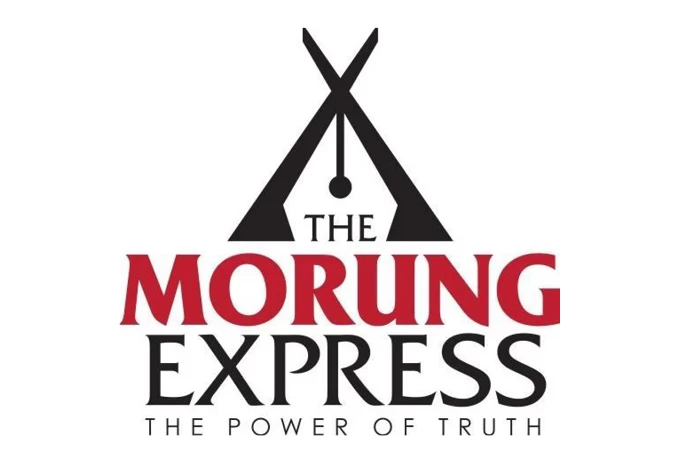
Visiting professors draw similarity between the Sami and Naga people
Vibi Yhokha
Kohima | December 22
There are quite a few similarities between the Sami and Naga people, particularly in nation building, sharing national/international border states, and practice of particular religious traditions.
In a brief interview with The Morung Express, Professor Siv Ellen Kraft of UiT, The Arctic University of Norway, and Greg Johnson, Associate Professor of Religious Studies, University of Colorado Boulder, USA, (who were present at the Hutton Lectures 2016 Symposium, Kohima Institute) drew comparisons on the Sami people and Naga people, and further discourse on the lessons Nagas can take from the Sami people.
Well known for reindeer herding, the Sami are the indigenous people of northernmost Europe and inhabit four Scandinavian countries.
Greg Johnson pointed out that the focus on dance and songs, though different in style and emphasis on dress, different rituals are similar indicators.
Narrating a brief account of the Sami people, Prof. Kraft stated that the Sami coexisted with other Norwegian people for centuries up until the 1960s where there was hard suppression of the Samis under the Norwegian Government which tried to take away the Sami culture, religion, traditions, and make them ordinary Norwegians.
“Since then there has been revitalization movements of nationhood building, teaching their language again, learning the traditions and traditional religious forms has become strong and also with other indigenous people around the world,” said Prof. Kraft. She also informed that there is a group called Sami Nagaland that goes back to the 1980s which was initiated after a Sami artist visited Nagaland.
Greg Johnson stated that the Sami really emphasize on University level education for their own people by establishing tribal colleges and developing college university system which has been a strong movement among the Samis.
While Nagaland has the Article 371 (A), Johnson noted that the Samis have their own parliament system called the Sami Parliament where they have a strong voice for sovereignty but within the Norwegian state. The Sami Parliament is the representative body of the Sami people where they assert issues relating to their traditions, culture, education, lands, environment and traditional professions as well as economic activities.
“They have not claimed for full sovereignty but they have been really strong at organizational building,” said Prof. Kraft.
A vital lesson is the Sami’s strong stance on environmental issues. With similar challenges facing most indigenous people across the globe on land acquisition and alienation by dominant groups and companies, and environmental destruction on the pretext of development, the Samis too are battling environmental concerns.
The Sami people have similar festivals like the Hornbill Festival, highlighted Prof. Kraft, but in a larger and significant way where young performers not only have an arena to meet other indigenous people from other countries, but to perform their cultural dances and songs and having these performances recognized by others.
Prof. Kraft believes that these are quite important for solidarity building and positive thinking of one’s culture. Decades ago, there was a lot of shame among the Sami people about their culture, most of these being tactics of the government to suppress the people.
Prof. Kraft pointed out that for a long time Sami people viewed their culture as of lesser value than the Norwegian culture, that they were uncivilized. “The elders grew up feeling shameful about their identity. They tried to hide it. Many stopped using the traditional Sami language and hid it from their children. They thought that their indigenous identity was kind of a stigma that cannot easily fit with modernity,” claimed Prof. Kraft. However in recent years, activities such as festivals have enabled the younger generation to feel proud about their culture, their traditions, and heritage.
“The question is,” according to Greg Johnson, “How within the State of India can the Nagas exert their strongest voice, take the culture in the most robust way, and keep their environment strong?”
Like the Nagas spread across two countries and several states, the Sami people too inhabit four countries, namely, Finland, Norway, Sweden and Russia with majority of the population residing in Norway. However in recent years, the Sami people have at least been able to recreate their nationhood peacefully within the structures of the four countries.




